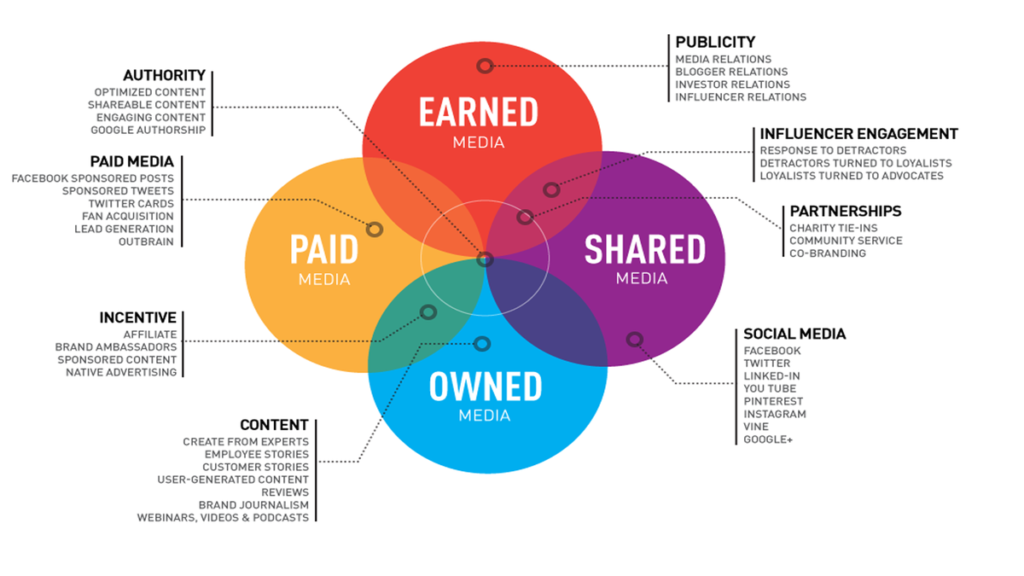Where do you get breaking news – when reading a paper (what?!), talking to a friend, or scrolling through your social media feed?
Today, we receive news all day long in messages through multiple channels on various devices. In the past, PR professionals have relied on traditional media outlets to share their client’s brand stories, however, with the emergence of new technology PR professionals have had to modify their strategies to the growing digital space.
Organizations have adapted to this environment by integrating traditional and new-media tactics in PR campaigns to consistently get great results.
The Public Relations and Communication Association (PRCA) shared results from the 2016 PRCA census. When PR professionals were asked which of their tasks would be most important two years from now, 51 percent of survey respondents placed digital at the top, followed by nearly 35 percent who chose online comms, while SEO was chosen by 21 percent. These three trends rounded out the projected top three tasks of the future for PR professionals.
Traditional tactics like press releases and press kits have been a consistent and successful way to send messages to mass audiences. However, the internet has shaped the way people receive their information. To keep up with the pace of the web, organizations of all sizes have modified efforts to compete in this landscape. New media methods like social media marketing, content marketing, search engine optimization (SEO), email marketing, and digital press releases and media kits are taking front and center. New media is built on the same objective of traditional media which is to keep audiences informed. However, new media tactics can now reach very specific markets through targeted messaging.
It’s important for organizations and businesses to look at the spectrum of opportunities from paid-to-earned-to-shared-to-owned media. New media evolved from the foundation that traditional media first established. By choosing to integrate both strategies, your campaign is innovative and guaranteed greater outcomes.
It is a great time to be in our industry because there are so many fantastic ways to tell your story. The message you tell is as important as the medium whether it is paid, earned, shared or owned. The PESO model focuses on the four media types- paid, earned, shared and owned.
- Paid: media you pay for (i.e. sponsored content and advertising)
- Earned: publicity and media relations where content is created about your client
- Shared: social media channels
- Owned: content that you own that is featured on your website, blog or newsletter

Image courtesy of Mashable.com
So how can you find an equilibrium? Ballast Group has applied integrated strategies for more than 10 years. We built a national integrated digital and traditional campaign for Gesture (formerly AuctionsByCellular), a mobile bidding platform. Traditional PR and social media plans were dedicated to building the ‘story’ and achieving early lead generation and awareness results including garnering national attention. Ballast Group used digital PR methods that utilized three social networks, one specifically that experienced a 500 percent increase in fans. Traditional PR methods resulted in a $150,000 ad-dollar equivalency value (e.g., Denver Post, NBC Chicago, Chicago Tribune, Chicago Sun-Times, Crain’s Chicago), new nationwide customers and stakeholder relationships that influenced sales, additional channels, employee recruitment, financing and award opportunities.
What is your preferred balance of paid, earned, shared and owned media for each campaign? Which channel works best? Share your story in the comments!



